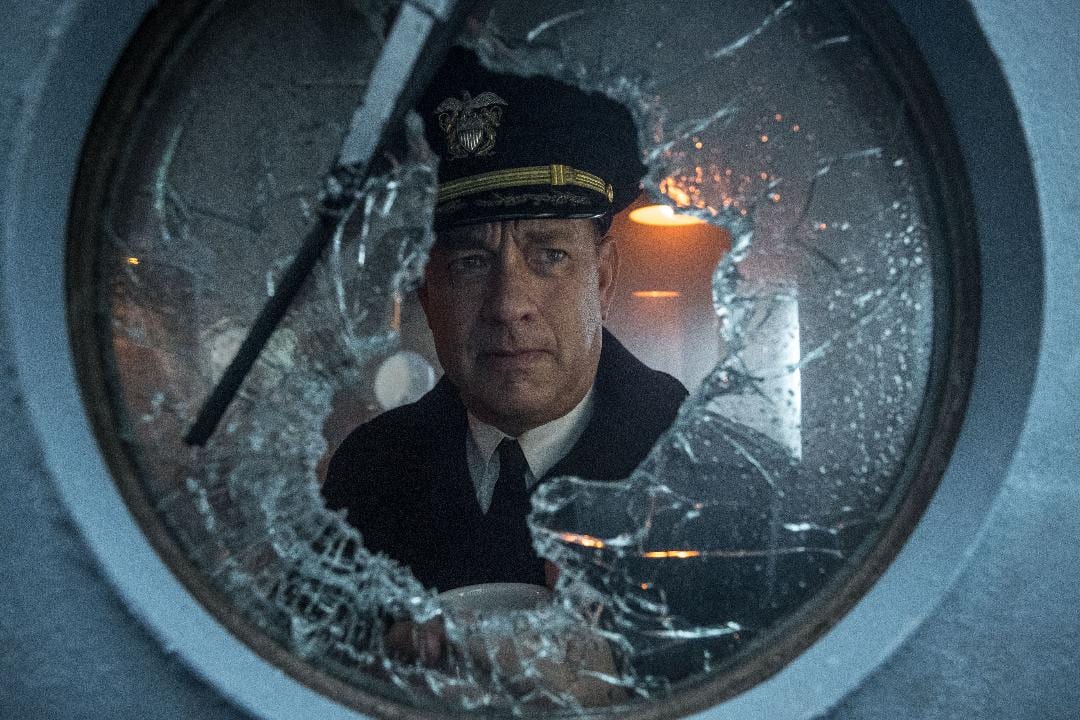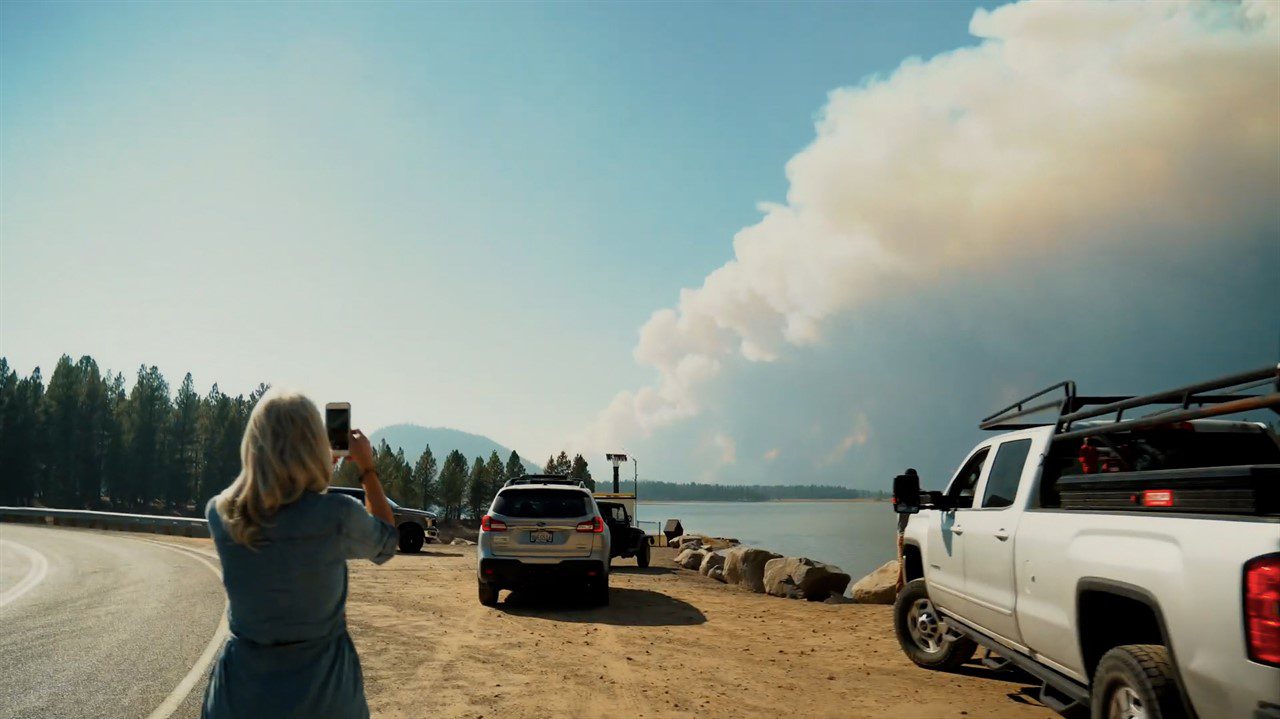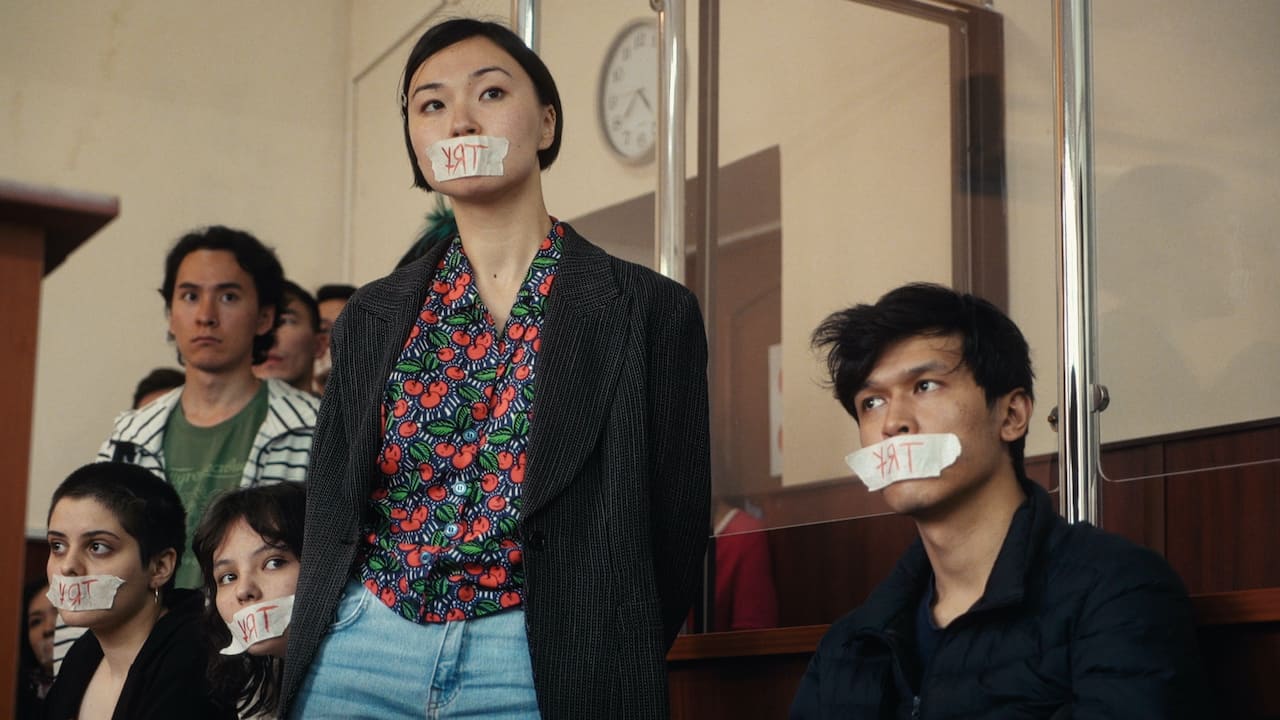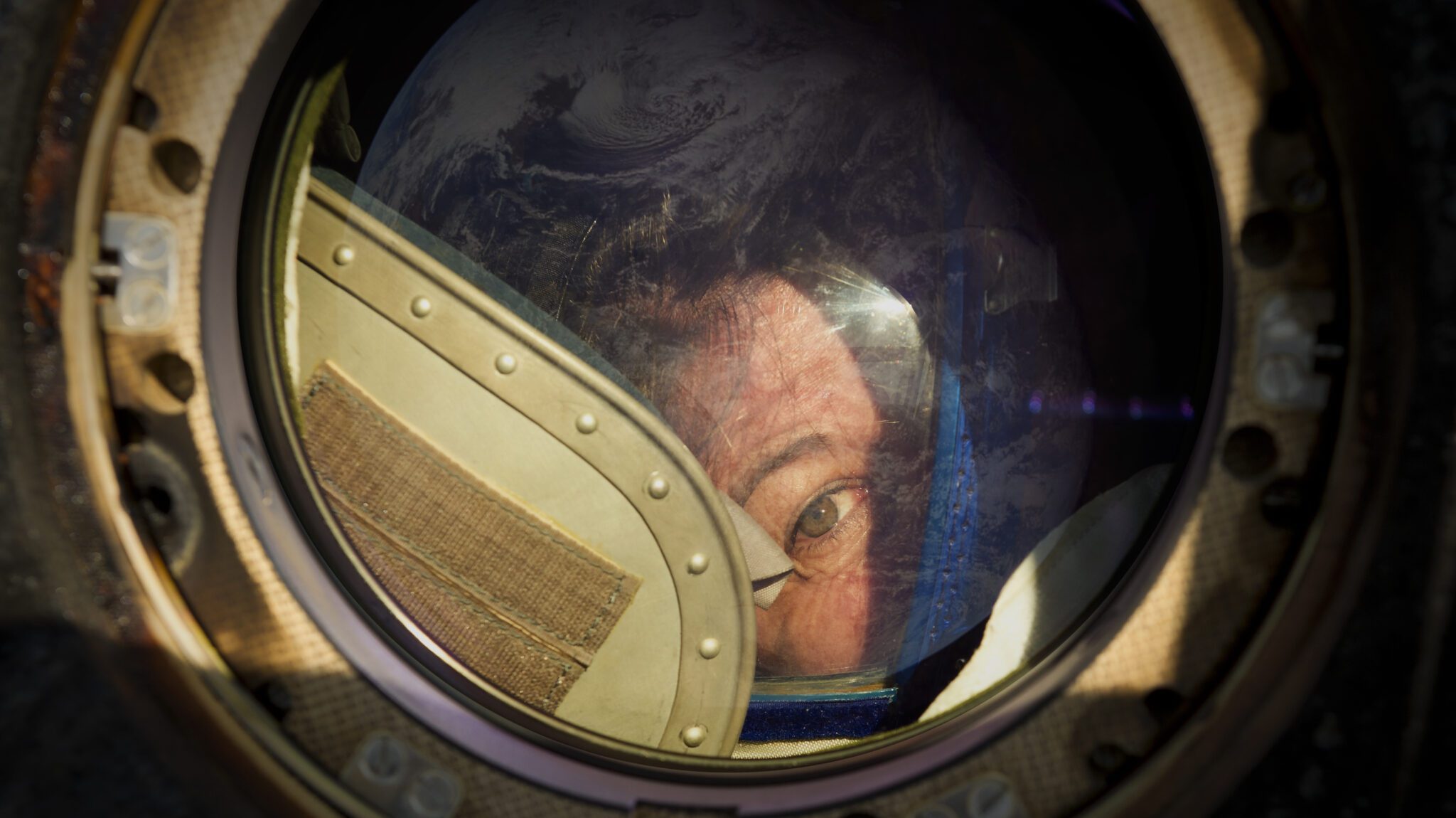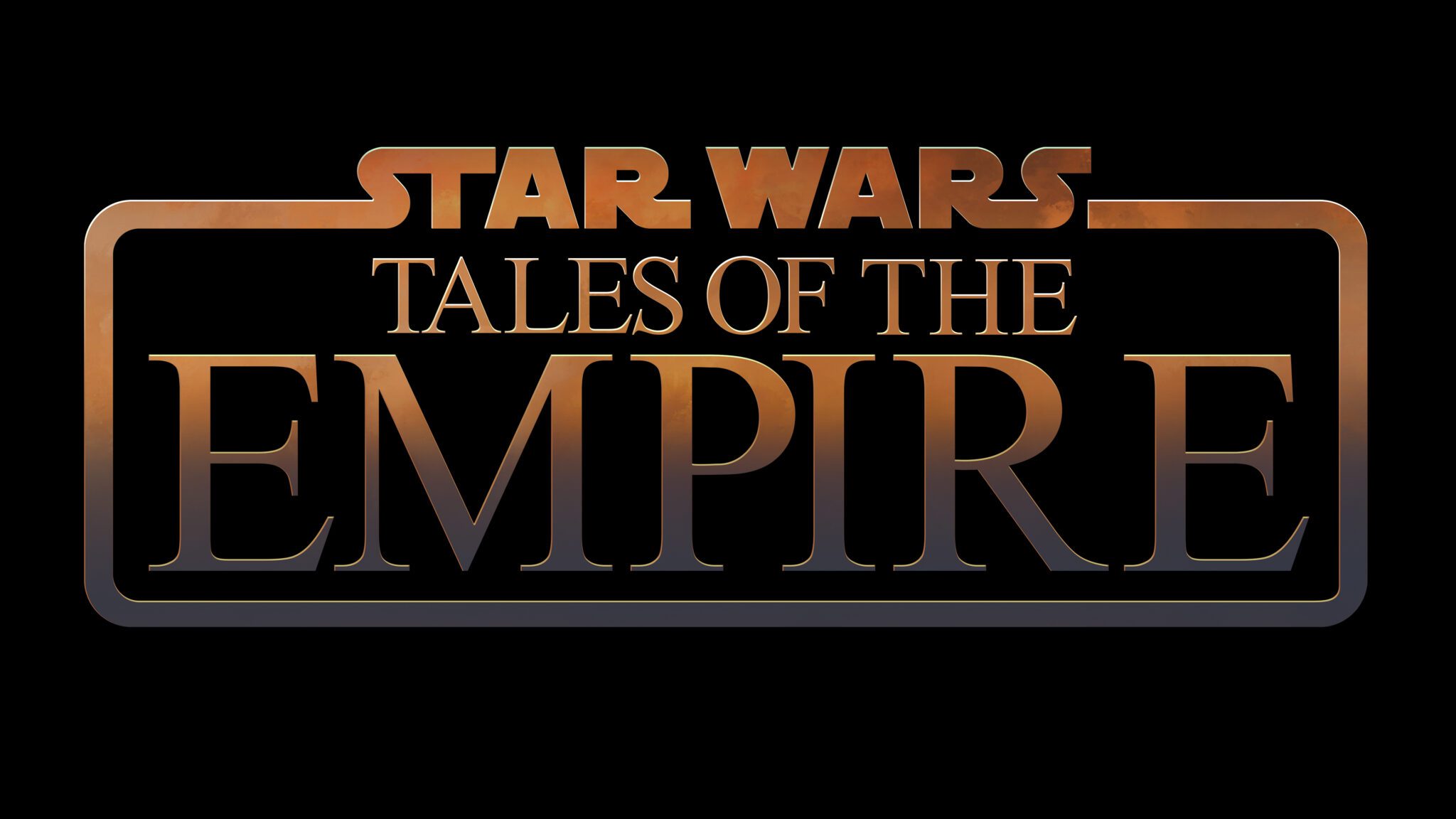Open sea. No air cover. U-boats hunting in a pack. 37 merchant marine ships taking supplies and troops to the war in Europe. A handful of destroyers trying to protect the convoy. The man in charge is a first-time captain. Greyhound is primarily an action movie, but it is also a subtle character study of a man facing his self-doubts, fears, and responsibilities. The film is based on a C. S. Forester novel, The Good Shepherd. Forester is best known for the Horatio Hornblower series.
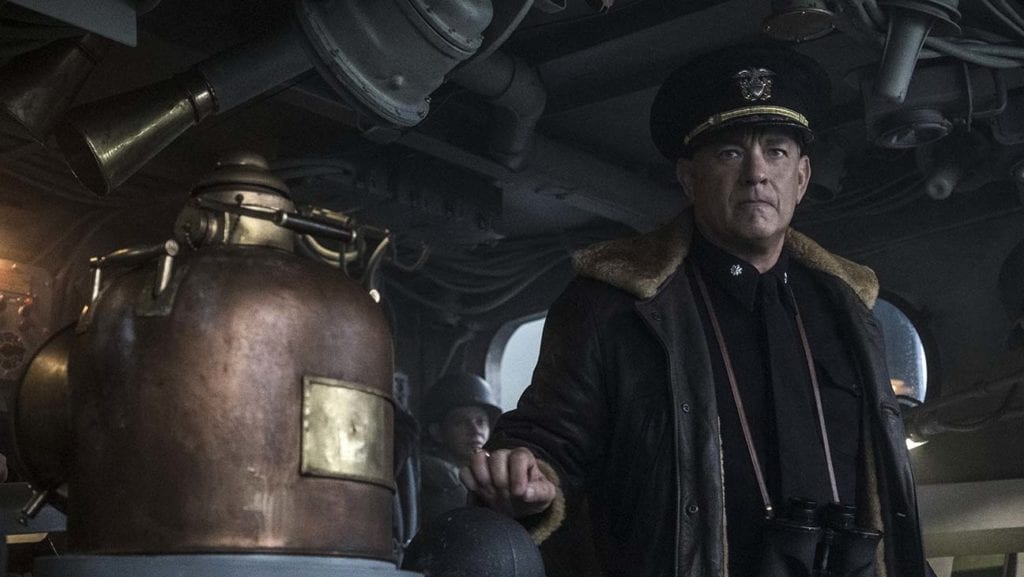
Commander Ernest Krause (Tom Hanks) is a career naval officer, but has never had a command of his own before. With the war going on, he is given a ship, and because of his seniority, he is the leader of a convoy of merchant ships and four destroyers. The task it to get as many as possible safely through the dangerous seas?a five day ordeal. When the U-boats begin their attacks, Krause must rise to the occasion.
Almost the entire film takes place on the bridge of the USS Keeling (codename: Greyhound). During the ongoing battle, there is a sense of both order and chaos as orders are given, repeated, relayed. The continuous threat and cat-and-mouse nature of hunting and being hunted creates a tension that remains throughout the film. The tension is heightened a bit by the technological challenges of rudimentary radar and sonar, and the lack of easy communication, either between ships or onboard Greyhound.
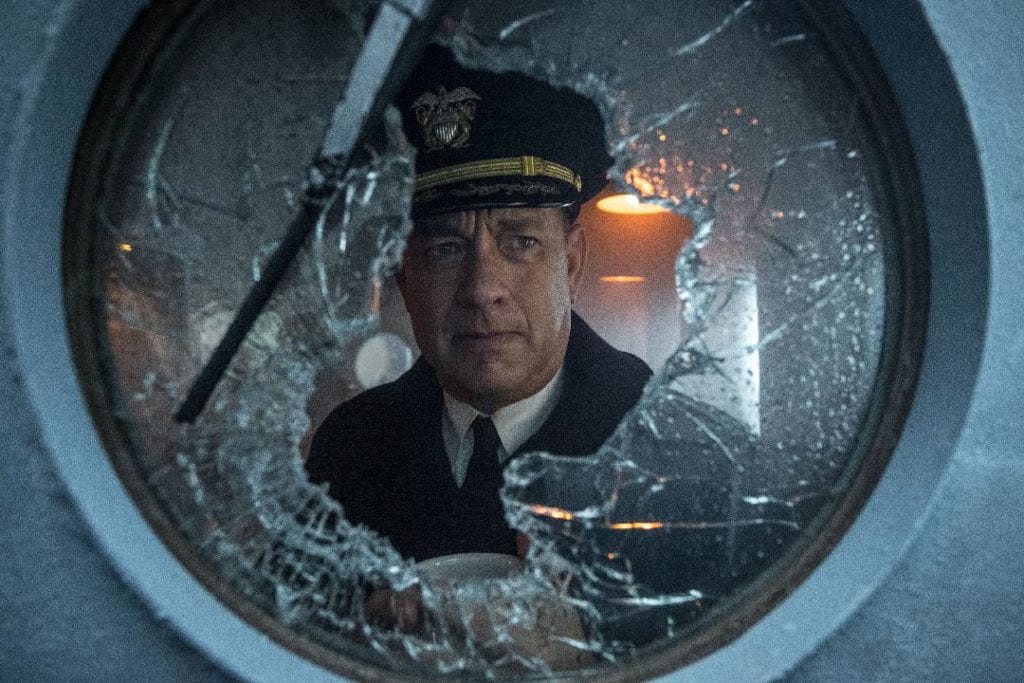
Through watching this developing battle, we slowly discover the depth of this captain?s character. Hanks (who also wrote the script) is an expert at such roles. He does not tell us about who Krause is; it is all done through his actions and demeanor.
Krause is a devout man, kneeling in prayer before getting in his bunk, or eating (even when meals are bought to him on the bridge). His personal motto is ?Yesterday, today, and forever?, taken from Hebrews 13:8. Even in the midst of a battle, he occasionally mutters scriptural phrases to himself. But perhaps the best window into Krause?s character happens after their first encounter with a U-boat. They manage to sink it with depth charges. When the oil slick appears on the surface, Greyhound?s crew celebrates that they?ve gotten rid of fifty Nazis. Krause, however, is somber, recognizing the loss of fifty souls. That solemnity is seen again when, during a pause in the fighting, he must read the office for burial at sea for crewmembers killed in a battle. We can tell that the worlds of resurrection are important to him, but also a sense of failure at having lost the lives.
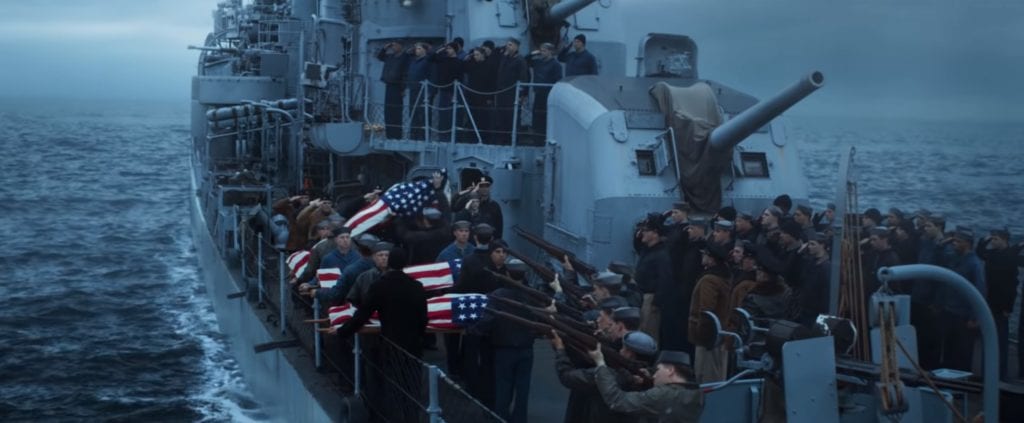
What the film isn?t able to do quite as well is share Krause?s introspection. In the midst of battle, he seems well controlled, but we also know that he?s afraid he isn?t doing enough. As I read through production notes, I learned a good deal about Krause (as he appears in the novel). Some of that backstory could have helped us better understand his doubts about himself.
I?m a bit intrigued about not using the novel?s title, because I think that title in itself would have told us about how Krause saw himself as he herded this convoy through wolves seeking to devour them. (And when we hear from the U-boat commander, he is very overt in that metaphor.) It would have also played well with the way Krause understood the Hebrews text. He is a follower of Jesus, and as such sees Jesus as a loving and faithful shepherd in his life. He is also striving to be just as caring and constant for the souls that have been entrusted to him.
Greyhound is available on Apple TV+ July 10.

